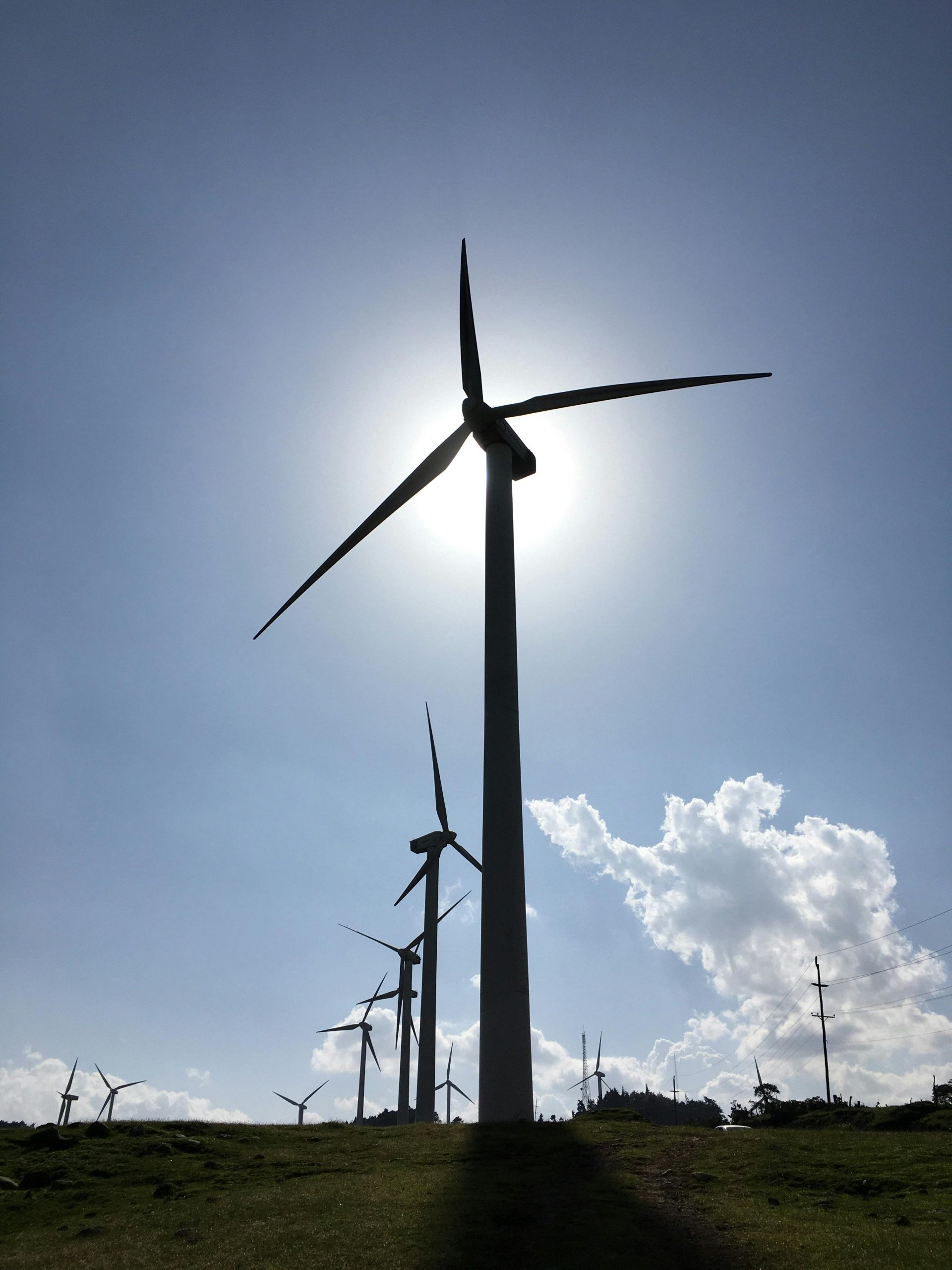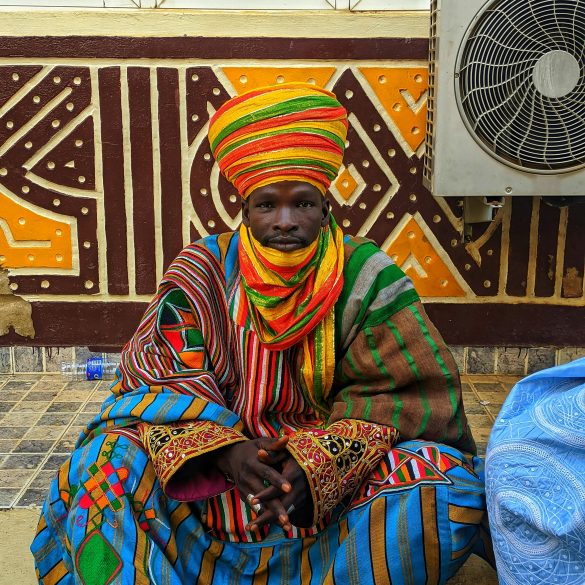How Kenya Is Leading Africa’s Renewable Energy Revolution
Honestly, when I first started tracking renewable energy investments across Africa five years ago, I never expected Kenya to emerge as the continent’s undisputed green energy champion. What struck me most wasn’t just the impressive statistics—though Kenya now generates over 90% of its electricity from renewable sources—but the genuine innovation happening at every level, from massive geothermal plants to village-level solar installations.
Having followed this transformation closely, I’ve watched Kenya evolve from a country struggling with energy poverty to one that’s actually exporting clean energy expertise across East Africa. It’s pretty remarkable, really. While most African nations are still heavily dependent on fossil fuel imports, Kenya has basically flipped the script entirely.
What really gets me excited about Kenya’s renewable energy story is how it combines massive investment potential with genuine social impact. We’re talking about a market that’s attracted over $3 billion in renewable energy investments since 2010, while simultaneously transforming the lives of millions of people who previously had no access to reliable electricity.
But here’s what most investment reports don’t tell you—and something I’ve learned from actually visiting these projects—the success isn’t just about having abundant natural resources. Loads of countries have great wind and solar potential. What makes Kenya different is the combination of progressive policy frameworks, genuine political will, and—this part always impresses me—a willingness to experiment with innovative financing models that actually work.
Kenya’s Geothermal Goldmine: The Rift Valley Advantage
Okay, so here’s where things get really interesting from an investment perspective. Kenya sits right on the East African Rift Valley, which is basically like having a massive geothermal energy factory running underneath your entire country. The potential here is absolutely bonkers—we’re talking about an estimated 10,000 MW of geothermal capacity, and Kenya has barely scratched the surface with about 863 MW currently operational.
What I find fascinating is how Kenya approached geothermal development differently than other countries. Instead of waiting for massive international projects, they started with smaller, more manageable installations and built expertise gradually. The Olkaria geothermal complex, for instance, began as a modest 15 MW plant in 1981 and has grown into Africa’s largest geothermal facility.
Kenya Energy Facts That’ll Blow Your Mind
Kenya generates more geothermal energy than any other African country, with the Olkaria geothermal plants alone producing enough electricity to power over 500,000 homes. The country’s renewable energy capacity has increased by 400% since 2010, making it one of the fastest-growing clean energy markets globally.
| Energy Source | Current Capacity (MW) | Projected 2030 (MW) | Investment Required |
|---|---|---|---|
| Geothermal | 863 | 2,500 | $4.2 billion |
| Solar | 335 | 1,200 | $1.8 billion |
| Wind | 436 | 800 | $1.5 billion |
| Hydro | 838 | 1,000 | $600 million |
From an investment standpoint, what really caught my attention is how Kenya structured its geothermal development through innovative public-private partnerships. The Kenya Electricity Generating Company (KenGen) retained majority ownership while bringing in international expertise and financing. It’s a model that’s worked incredibly well—KenGen’s stock has outperformed the Nairobi Securities Exchange index by over 200% in the past decade.
But let me be straight with you about the risks here. Geothermal projects require massive upfront capital—we’re talking $3-5 million per MW of installed capacity. Plus, there’s always the geological risk that a drilling site might not produce as expected. I’ve seen projects where initial assessments looked promising, but actual drilling revealed less productive reservoirs than anticipated.
Solar Innovation: From Rural Villages to Urban Centers
Now here’s where Kenya’s story gets really exciting, and honestly, where I think the biggest opportunities lie for smaller investors. While everyone focuses on the massive utility-scale projects, Kenya has quietly built the most sophisticated distributed solar market in Africa.
What blew me away during my last visit to Nairobi was seeing how solar has become completely mainstream. We’re not talking about expensive, imported systems anymore. Local companies like M-KOPA and d.light have created financing models that make solar accessible to families earning less than $5 per day. Think about that for a second—solar energy is now more affordable for rural Kenyan families than traditional kerosene lamps.
Investment Spotlight: Pay-As-You-Go Solar
Kenya’s pay-as-you-go solar market has attracted over $400 million in investment since 2012. Companies like M-KOPA have served over 2 million customers, with default rates below 5%—better than most traditional banking products in the region. This model is now being replicated across 15 African countries.
The numbers here are pretty compelling from an investment perspective. According to recent data from the Kenya Association of Manufacturers, the solar industry now employs over 25,000 people directly, with the market growing at roughly 20% annually. But what I find even more interesting is how this growth is creating entirely new economic opportunities in rural areas.
- Solar-powered irrigation systems increasing crop yields by 30-40%
- Mobile phone charging stations creating micro-entrepreneurship opportunities
- Solar-powered cold storage reducing post-harvest losses for farmers
- Educational outcomes improving in schools with reliable solar electricity
- Healthcare delivery expanding through solar-powered medical equipment

Wind Power Potential: Lake Turkana’s Massive Project
Okay, so when I first heard about the Lake Turkana Wind Power project, I’ll admit I was skeptical. A 310 MW wind farm in one of Kenya’s most remote regions? It sounded like one of those ambitious African infrastructure projects that looks great on paper but never quite materializes.
Well, I was completely wrong. Not only did the project get built—it’s now the largest wind farm in Africa and generates about 17% of Kenya’s total electricity supply. What’s really impressive is how they solved the logistical challenges. We’re talking about transporting massive wind turbines across hundreds of kilometers of rough terrain to reach Lake Turkana.
From an investment perspective, this project is fascinating because it demonstrates both the opportunities and challenges of large-scale renewable infrastructure in Africa. The $680 million project took nearly a decade to complete, faced multiple financing hurdles, and required building entirely new transmission infrastructure to connect to the national grid.
But here’s what gets me excited about the wind sector in Kenya—Lake Turkana is just the beginning. Wind resource assessments have identified potential for over 3,000 MW of additional wind capacity, particularly along the coastal regions and in the northern territories. The government has already approved several smaller wind projects that should be more straightforward to develop.
Investment Opportunities in Kenya’s Wind Sector
- Smaller-scale wind farms (20-50 MW) with shorter development timelines
- Distributed wind systems for industrial and commercial users
- Wind-solar hybrid projects maximizing capacity factors
- Manufacturing and assembly facilities for wind components
- Operation and maintenance services for existing wind installations
Investment Landscape: Opportunities and Risks
Let me be completely honest about what I’ve learned from tracking renewable energy investments in Kenya over the past few years. The opportunities are massive, but so are the risks if you don’t understand the local context.
On the opportunity side, Kenya offers some of the most attractive renewable energy investment conditions in Africa. The government has implemented feed-in tariffs that guarantee long-term power purchase agreements, typically for 20 years. The regulatory environment is relatively stable, and the energy demand is growing at about 8% annually—much faster than current supply additions.
Risk Warning: Critical Investment Considerations
Currency risk is significant—the Kenyan shilling has depreciated roughly 30% against the US dollar over the past five years. Infrastructure challenges can add 20-40% to project costs. Political risks, while moderate, can impact long-term contracts. Always conduct thorough due diligence and consider local partnerships.
But the risks are real, and I’ve seen investors get burned by not paying attention to them. Currency fluctuation is probably the biggest concern—most equipment is imported in US dollars, but revenues are typically in Kenyan shillings. Infrastructure challenges can significantly impact project timelines and costs. Plus, while Kenya’s political environment is relatively stable, energy policy can shift with changes in government.
What I always tell potential investors is to think seriously about local partnerships. The most successful renewable energy investments I’ve tracked in Kenya have involved partnerships with local companies that understand the regulatory environment, have established relationships with government agencies, and can navigate the cultural aspects of doing business.


